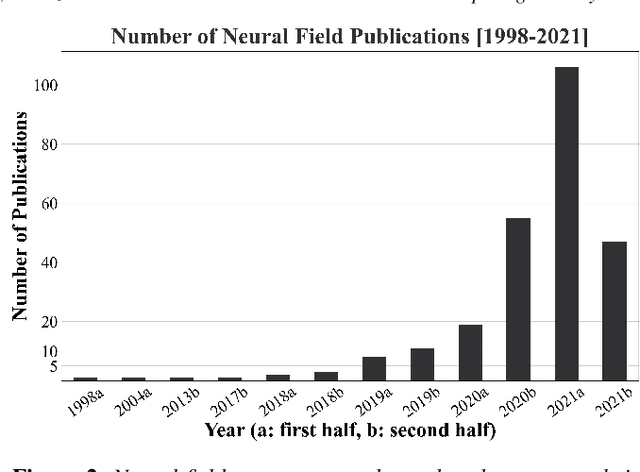Yiheng Xie
Learning Generalizable Behavior via Visual Rewrite Rules
Dec 09, 2021



Abstract:Though deep reinforcement learning agents have achieved unprecedented success in recent years, their learned policies can be brittle, failing to generalize to even slight modifications of their environments or unfamiliar situations. The black-box nature of the neural network learning dynamics makes it impossible to audit trained deep agents and recover from such failures. In this paper, we propose a novel representation and learning approach to capture environment dynamics without using neural networks. It originates from the observation that, in games designed for people, the effect of an action can often be perceived in the form of local changes in consecutive visual observations. Our algorithm is designed to extract such vision-based changes and condense them into a set of action-dependent descriptive rules, which we call ''visual rewrite rules'' (VRRs). We also present preliminary results from a VRR agent that can explore, expand its rule set, and solve a game via planning with its learned VRR world model. In several classical games, our non-deep agent demonstrates superior performance, extreme sample efficiency, and robust generalization ability compared with several mainstream deep agents.
Neural Fields in Visual Computing and Beyond
Nov 29, 2021



Abstract:Recent advances in machine learning have created increasing interest in solving visual computing problems using a class of coordinate-based neural networks that parametrize physical properties of scenes or objects across space and time. These methods, which we call neural fields, have seen successful application in the synthesis of 3D shapes and image, animation of human bodies, 3D reconstruction, and pose estimation. However, due to rapid progress in a short time, many papers exist but a comprehensive review and formulation of the problem has not yet emerged. In this report, we address this limitation by providing context, mathematical grounding, and an extensive review of literature on neural fields. This report covers research along two dimensions. In Part I, we focus on techniques in neural fields by identifying common components of neural field methods, including different representations, architectures, forward mapping, and generalization methods. In Part II, we focus on applications of neural fields to different problems in visual computing, and beyond (e.g., robotics, audio). Our review shows the breadth of topics already covered in visual computing, both historically and in current incarnations, demonstrating the improved quality, flexibility, and capability brought by neural fields methods. Finally, we present a companion website that contributes a living version of this review that can be continually updated by the community.
 Add to Chrome
Add to Chrome Add to Firefox
Add to Firefox Add to Edge
Add to Edge